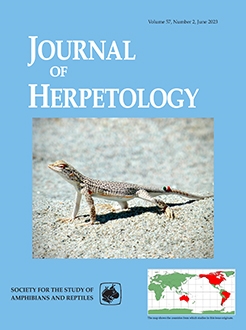Herbivory serves as a critical top-down mechanism within plant communities by regulating biodiversity, productivity, and ecosystem function. Although top-down impacts of mammalian herbivores have garnered significant attention in the literature, fewer studies have investigated the role of herbivorous reptiles, which can serve as crucial herbivores for some ecosystems, in regulating plant communities. In southeastern coastal plain longleaf pine forests of the United States, Gopher Tortoises (Gopherus polyphemus) are a keystone species that may suppress plant productivity and promote local diversity within hyperdiverse understory plant communities. In January 2019, we established permanent tortoise exclusion plots with corresponding accessible control plots within an active Gopher Tortoise population at Splinter Hill Bog Preserve in southwestern Alabama. We measured the response of plant species diversity, composition, and productivity through a single growing season to quantify short-term impacts of tortoise exclusion on understory plant communities. We found that tortoise exclusion plots had 35% more plant cover, with a 15% reduction in plant richness, 6% reduction in evenness, and 12% reduction in Shannon's diversity, relative to control plots. Within a single growing season, tortoise exclusion explained 5% of the variation within overall plant community composition. Our results provide clear evidence on the role of Gopher Tortoise herbivory for the maintenance of plant diversity within species-rich longleaf pine forests of the southeastern United States, even across a single growing season.
BioOne.org will be down briefly for maintenance on 17 December 2024 between 18:00-22:00 Pacific Time US. We apologize for any inconvenience.
How to translate text using browser tools
12 December 2023
Effects of Gopher Tortoise (Gopherus polyphemus) Exclusion on Plant Assemblages in a Longleaf Pine Forest
Robin B. Lloyd Jr.,
Jeremiah A. Henning,
Adam D. Chupp
ACCESS THE FULL ARTICLE

Journal of Herpetology
Vol. 57 • No. 4
December 2023
Vol. 57 • No. 4
December 2023




